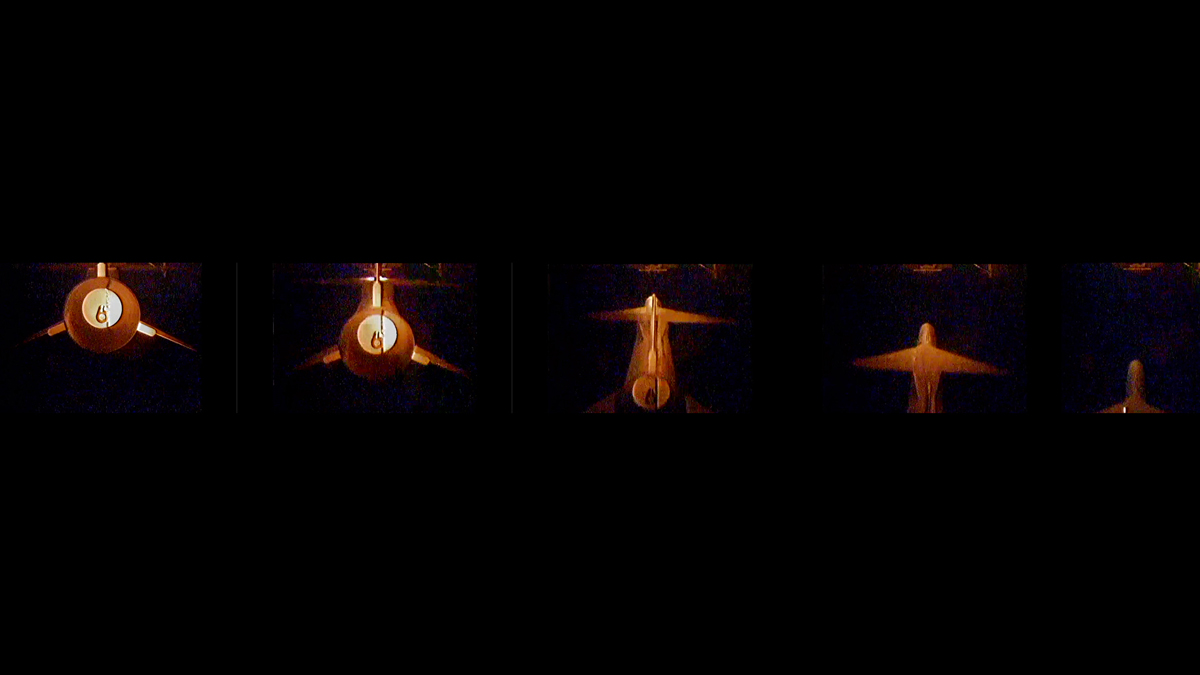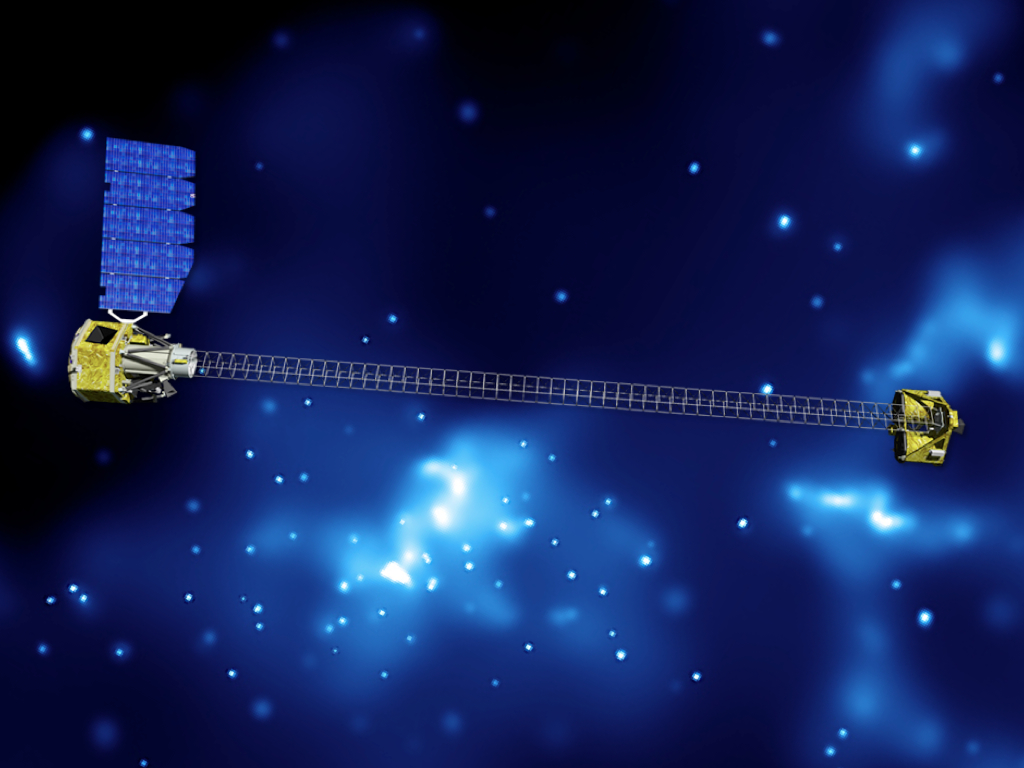NASA Launches Space Telescope to Hunt Black Holes

This story was updated at 12:31 p.m. EDT.
NASA's newest space telescope, an ambitious X-ray observatory, launched into orbit today (June 13) on a mission to peer deep into the universe and study the violent regions around black holes
The Nuclear Spectroscopic Telescope Array (NuSTAR) spacecraft launched spaceward at the tip of an Orbital Sciences Pegasus XL rocket, which itself was carried into launch position by a high-altitude L-1011 "Stargazer" jet aircraft. At 12 p.m. EDT (1600 GMT), the plane dropped the rocket in midair, where the booster fired its engines for its climb into the sky.
"Today was a great day for NuSTAR, a great day for Pegasus, a great day for the entire launch team," said Tim Dunn, NASA's assistant launch director, after the liftoff. "We thank Orbital Sciences for the ride, and we're ready to get into the science portion of the mission."
The liftoff occurred about 117 nautical miles south of the Kwajalein Atoll in the Pacific Ocean. Originally scheduled for 11:30 a.m. EDT (1530 GMT), the launch was delayed 30 minutes to allow technicians to resolve a minor technical issue.
The $165 million NuSTAR observatory is beginning a two-year mission to probe high-energy regions of the universe, including black holes and the remnants of stars that died in supernova explosions. It will use a telescope sensitive to regions of the X-ray spectrum of light that are higher in energy than any space observatory before it. [Gallery: NASA's Black Hole-Hunting Telescope]
"With NuSTAR, we'll be able to image the sky, read the story and understand things like how galaxies form, and how black holes grow," said NuSTAR principal investigator, Fiona Harrison of Caltech, during a Monday (June 11) press briefing. "It will pinpoint these massive black holes and locate them within galaxies."
Breaking space news, the latest updates on rocket launches, skywatching events and more!
About a week from now, NuSTAR will extend a 33-foot (10-meter) mast that will separate the spacecraft's optics from a focal point where a camera is placed, making the whole instrument roughly the size of a school bus. The telescope uses two optics units made of 133 nested layers of glass each, which will collect X-ray light and deflect it to the focal point at the mast's other end.
One of the telescope's first targets will be a well-known black hole close to home.
"One of the first things we'll look at is Cygnus X-1, a black hole in our own galaxy, which acts as a perfect point source for us to check how crisp our images are," said William Craig, NuSTAR instrument manager at the University of California at Berkeley.
NuSTAR also plans to study the center of our Milky Way galaxy, where a supermassive black hole containing the mass of 4 million suns is thought to reside. A number of fuzzy light sources at the galaxy's center suggest the presence of this black hole, but details on them are scant.
NuSTAR will "give us both the energy and location of all these sources, allowing us to really probe in the high energy into the physics of the objects that are at the galactic center," Craig said. "It opens up a new window into the high-energy universe."
Follow Clara Moskowitz on Twitter @ClaraMoskowitz or SPACE.com @Spacedotcom. We're also on Facebook & Google+.

Clara Moskowitz is a science and space writer who joined the Space.com team in 2008 and served as Assistant Managing Editor from 2011 to 2013. Clara has a bachelor's degree in astronomy and physics from Wesleyan University, and a graduate certificate in science writing from the University of California, Santa Cruz. She covers everything from astronomy to human spaceflight and once aced a NASTAR suborbital spaceflight training program for space missions. Clara is currently Associate Editor of Scientific American. To see her latest project is, follow Clara on Twitter.

